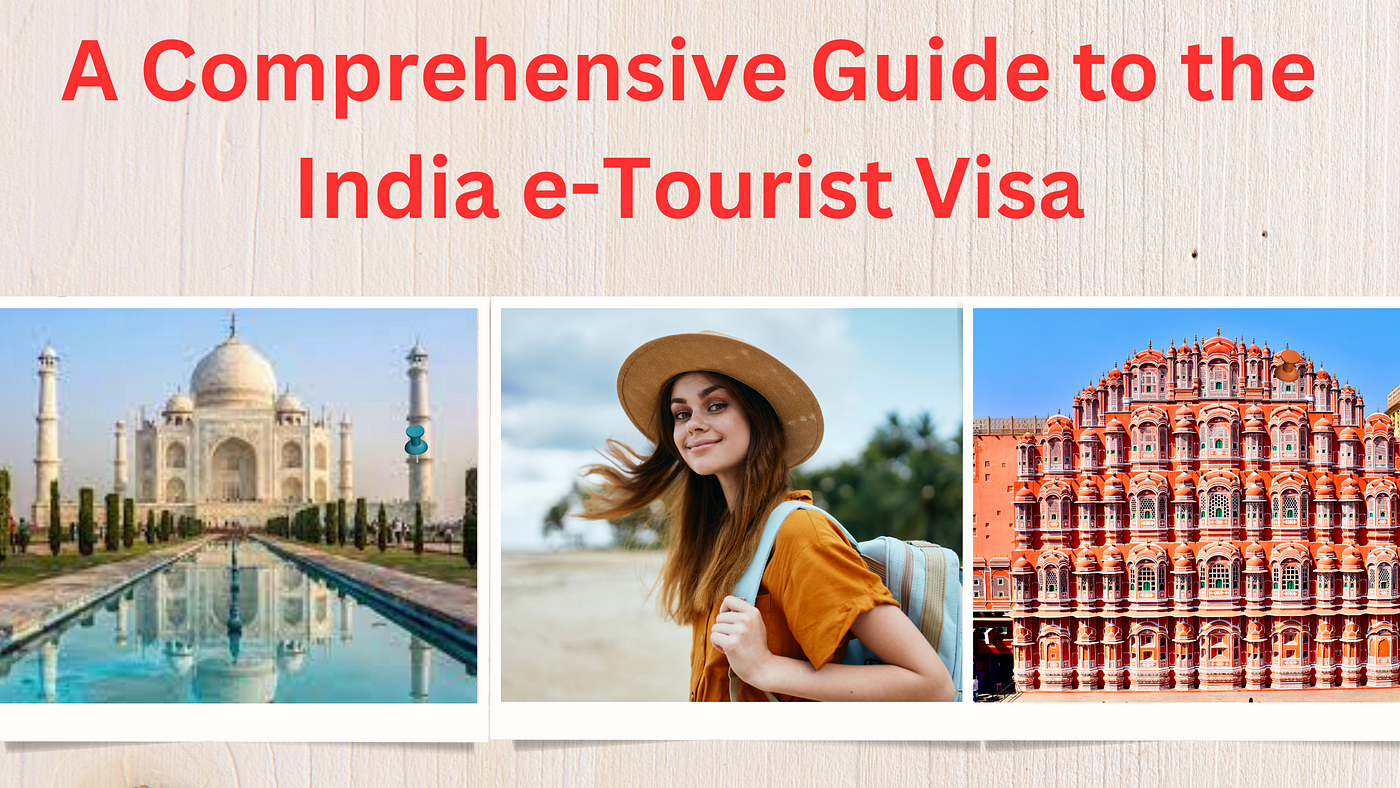India, with its rich tapestry of culture, history, and natural wonders, beckons tourists from around the globe. However, before embarking on your adventure to this vibrant land, it’s essential to navigate the intricacies of Indian visa requirements. In this comprehensive guide, we unravel the essential information every tourist needs to know before applying for an Indian visa.
Table of Contents
Understanding Visa Types
India offers various visa categories to accommodate the diverse needs of travelers. For tourists, the most common option is the Tourist Visa. INDIAN VISA INFORMATION FOR TOURISTS This visa allows leisure travel to explore India’s attractions, including its renowned landmarks, bustling cities, and serene landscapes. Additionally, the e-Tourist Visa (eTV) provides a convenient online option for citizens of eligible countries, streamlining the application process.
Eligibility Criteria
Before applying for an Indian tourist visa, it’s crucial to ensure you meet the eligibility criteria. Generally, tourists must possess a valid passport with a minimum validity of six months beyond the intended duration of stay. Additionally, applicants may be required to provide proof of sufficient funds to cover their expenses during their stay in India.
Application Process
The application process for an Indian tourist visa typically involves several steps. Whether applying through the traditional embassy/consulate route or opting for the e-Tourist Visa, applicants must complete the requisite forms accurately and provide the necessary documentation. This may include passport-sized photographs, proof of accommodation, travel itinerary, and a copy of the return flight ticket.
Duration and Validity
Indian tourist visas are typically issued for varying durations, ranging from a few months to several years, depending on the applicant’s nationality and specific circumstances. It’s essential to check the visa’s validity and duration of stay, as overstaying your visa could lead to penalties or deportation. Extensions may be possible in certain cases, but it’s advisable to plan your itinerary within the visa’s stipulated timeframe.
Visa Fees and Processing Time
Visa fees and processing times can vary depending on the type of visa and the applicant’s nationality. It’s advisable to check the current fee schedule and processing timelines to plan accordingly. Additionally, expedited processing options may be available for urgent travel requirements, albeit at an additional cost.
Entry Requirements and Restrictions
Upon arrival in India, tourists must adhere to entry requirements and regulations enforced by Indian immigration authorities. EXTEND OR RENEW INDIAN VISA This may include providing biometric data, undergoing health screenings, and complying with customs regulations. Additionally, travelers should familiarize themselves with any specific entry restrictions or advisories, particularly in light of global health concerns or geopolitical developments.
Conclusion
Navigating the Indian visa application process is an essential step in planning your trip to this enchanting destination. By understanding the various visa types, eligibility criteria, application process, and entry requirements, tourists can ensure a smooth and hassle-free travel experience. Whether exploring ancient monuments, immersing in vibrant festivals, or savoring the diverse culinary delights, India promises an unforgettable journey for every traveler. With the right visa in hand, embark on your adventure with confidence and anticipation.

